Are you looking to install stone veneer siding in your home? And why not! Stone veneer siding is one of the most popular ways to spruce up homes’ exteriors these days.
However, it is important that you first understand what makes it superior or inferior to natural stone siding so you can decide appropriately.
To make your work easier, we have outlined the most important stone veneer siding pros and cons that we think can help with your buying decision. Keep reading.
Table of Contents
What Is Stone Veneer Siding?
Also known as architectural stone, cultured stone, or manufactured stone, stone veneer is a type of siding designed to mimic the natural stone. It is made from Portland cement, iron oxides, and aggregates molded into different styles and textures that look like real stone. The cement is used to make the product more stable; iron oxides give it its color.
Some people confuse stone veneer with faux veneer, another siding material that has a close resemblance to real stone. But unlike stone veneer, faux veneer is made of lightweight foam; the material feels more like Styrofoam than a stone.
Because of the costs associated with mining, shaping, transporting, and installing real stones, stone veneer siding has become more popular among builders. It enhances homes’ appearance and provides a good return on investment.
Stone veneer comes either in small bricks of varying sizes or in panels usually 2 to 8 sq. ft. Which one you choose will depend on your personal preference. The bricks, however, take more time to install than the panels and installation should be done by a professional to avoid moisture problems.
Stone Veneer Siding Pros
1. Inexpensive
One of the biggest advantages of stone veneer siding is that it is way less expensive than natural stone siding.
While natural stone will cost between $28 and $50 per sq. ft, stone veneer will cost only a fraction of that. The price will usually range between $2.50 and $8 per sq. ft. for bricks and about $5.50 to $12 per sq. ft. for panels.
And because they are lighter than real stones, the installation is also much easier and can be done by any experienced contractor. Plus it is cheaper because you don’t need to hire a mason.
In fact, many manufacturers label their stone veneer as ‘do it yourself’ because, in all honesty, if you faithfully stick to the instructions on the package, you will be able to install this siding yourself. To have an idea of how stone veneer siding is installed, watch this video for brick veneer and this video for panel veneer.
But even if you choose to enlist the services of a professional, the cost of installation will still not be as high as that of installing real stone siding. For instance, a 2, 000 sq. ft. home will cost you up to $76, 000 to install natural stone while the same home will cost you only about $27, 000 to install stone veneer.
The installation cost, however, will depend on who does the job. If you are working with a handyman, you will likely pay less than if you are hiring a siding professional. But also keep in mind that high-quality installation can prevent your house from developing moisture issues.
Only work with someone who has prior experience in installing stone veneer siding. If it helps, ask them what they plan to do to keep excess moisture from seeping through the siding.
2. Versatile
While it is true that both stone veneer siding and natural stone siding will give you excellent exterior cladding, stone veneer has been found to be more versatile.
For starters, it doesn’t require any extra footings for support and can stick easily to a wide variety of services. Plus it’s very light. For projects that may prove difficult to achieve with natural stone siding, stone veneer would be an ideal solution.
Also, stone veneer can be used with a wide range of structures including wood, metal, and even other stones. The back of each brick or panel is designed with ease of installation in mind and comes even with special shapes to fit areas like windowsills and corners. This allows the siding to be installed as correctly as possible and stay in position for a long time.
3. Plenty of Options Available
The advancement in technology has seen siding manufacturers come up with many different stone veneer moldings and colors, that replicate real stones down to the tiniest details and nuances.
The stone veneer options on the market today offer a wide range of textures, shapes, and sizes of natural stone. There is something for everyone to achieve a unique, authentic home exterior.
4. Durable
Compared to other products used for siding (like vinyl), stone veneer has been found to last much longer. This is simply because stone veneer is made from sturdy materials that help it withstand harsh weather and elements for many years.
Whether you live in blistering hot climates or a damp, rainy area, stone veneer can stand up to severe conditions and keep your home safe. If installed correctly, you can expect your siding to last for up to 50 years, especially with occasional care and maintenance.
Most manufacturers will offer warranties that range between 40 and 50 years, which shows just how durable stone veneer siding can be. And depending on where you buy, some brands will give warranties of up to 75 years.
Stone Veneer Siding Cons
1. Likely to Cause Moisture Problems
The biggest problem with manufactured stone siding is that it can easily let moisture into the interior wall. But this mostly happens when the installation is not done properly. Unfortunately, most contractors will tend to focus more on how the material looks upon completion; not its performance.
Sure, the product is designed to look like stone, but because it is actually made of concrete, it should be treated as such, meaning, there must be a moisture barrier beneath it.
Failure to install a moisture screen can lead to leaks that can cause damages to the interior wall. Mold and wood rot are some of the major issues experienced by homeowners with stone veneer siding.
But even if you have a moisture barrier underneath the siding, water can still leak into the interior wall through doors and windows. Basically, stone veneer siding will need more caulking around the doors and windows than other sidings to seal properly.
Also, a space must be left between the door or window frame and the masonry. Now, because these gaps are often considered unsightly, some contractors have the veneer set up close up against the frames. As such, they end up using insufficient sealant, causing water to leak through these areas.
The only way to prevent this problem is to have your siding installed by an experienced contractor. Someone who understands the importance of keeping water out of your interior wall can help you avoid problems associated with leaks.
They may charge you higher than your usual handyman, for sure, but that little extra amount will be nothing compared to what you will likely have to spend treating mold and wood rot.
2. Vent Issues
Your veneer siding needs to allow room for every vent you have in your home, such as the kitchen hood or bathroom fan vents. Whereas normal siding uses a sealant around the vents, with stone veneer, these vents are pressed directly into the mortar, which can lead to a series of problems.
First, the mortar does not flex the same way the sealant does, meaning any movement or settling of the house could result in breaking or cracking of the vent cover, and this can introduce yet another problem. You see, if the cover of the vent is broken and has its edges set in the mortar, it will be very difficult to replace.
Many homes with veneer siding also have broken or cracked vent covers, which often paves the way to other problems like allowing rodents into the house.
3. Can Fade Over Time
Whether you buy real stone or manufactured stone veneer, after some years, your siding will not look exactly as it looked while it was new. Because of the constant exposure to sunlight, the color will fade, leaving you with a lighter coat.
The difference between stone veneer and natural stone is that the latter fades at a very slow rate that may not be noticed for generations. With stone veneer, however, the color will have started looking a little different by the 30th year mark. But make no mistake; the siding will still remain strong especially if you bought a quality brand.
The Takeaway
Stone veneer is a cheaper alternative to natural stone siding and comes with a wide range of shapes and designs to fit every homeowner’s needs. However, if not installed properly, it can allow water into your interior wall, causing mold and decay.
Whether you are installing bricks or panels, read the instructions carefully to make sure you are doing things right, or if you are like most homeowners, enlist the services of a siding professional.
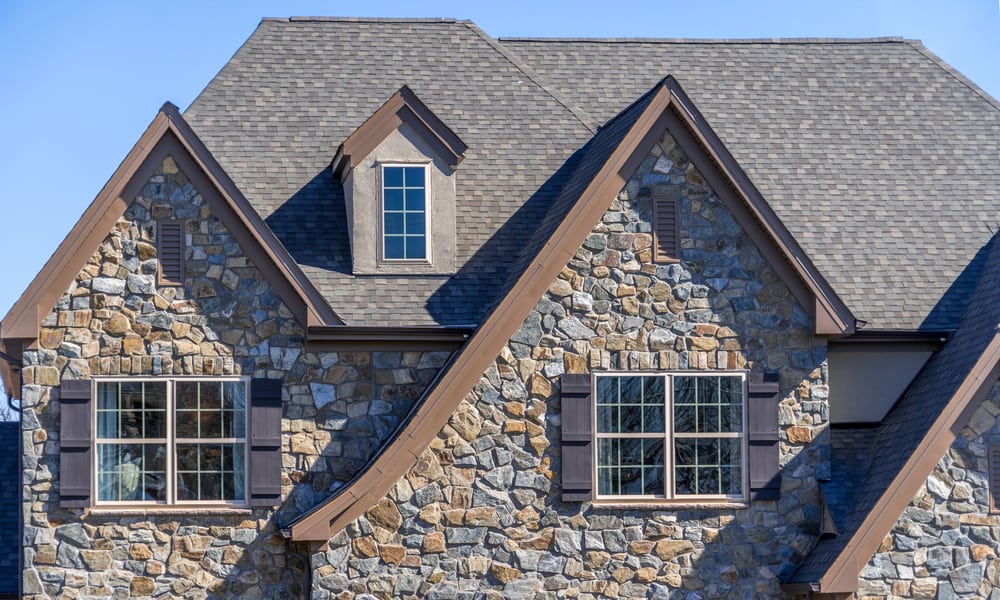
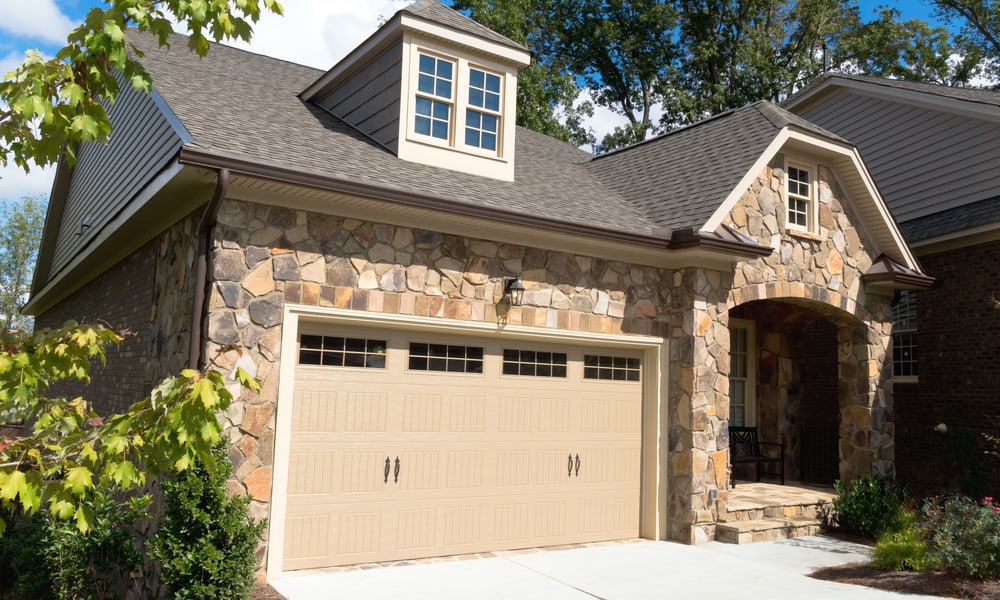
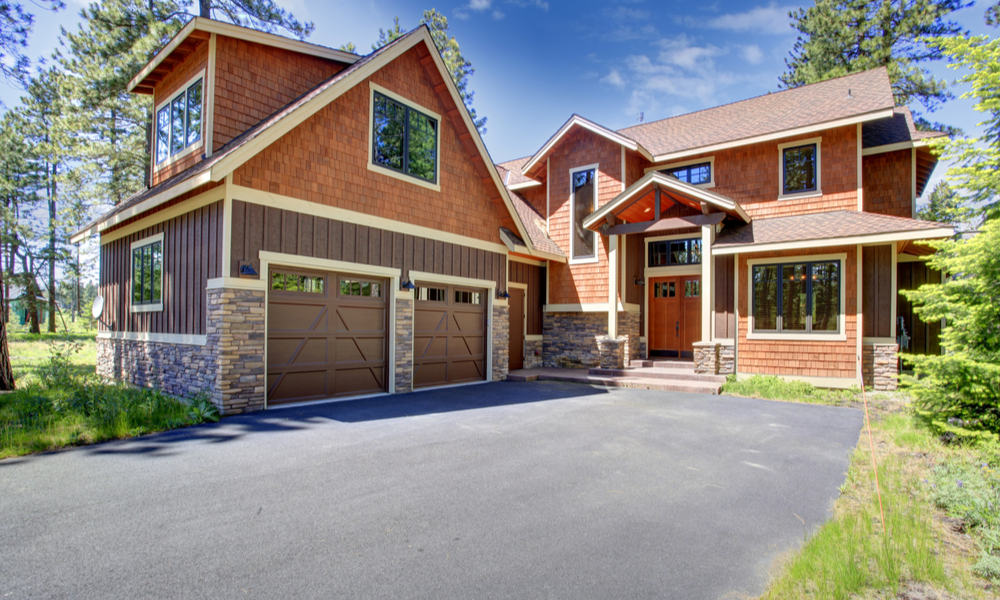
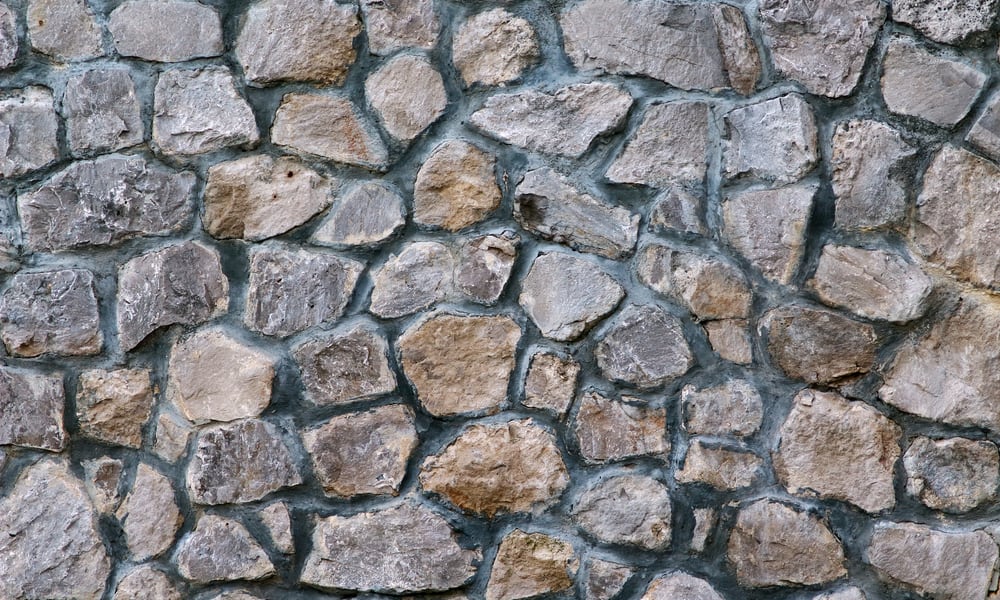
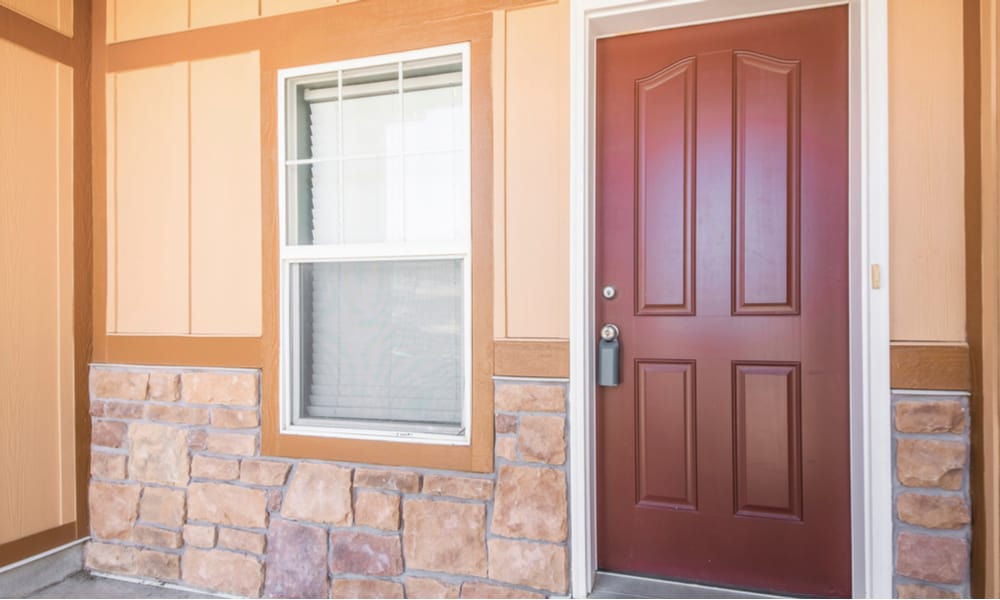
need good installer of stone veneer, thanks for describing the differences pro and cons perfect post thanks